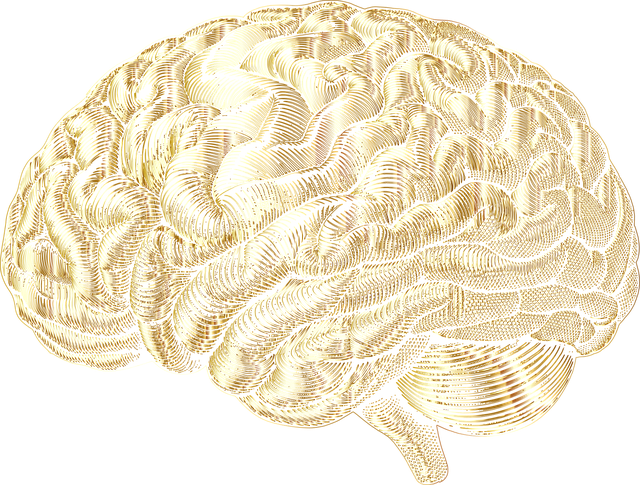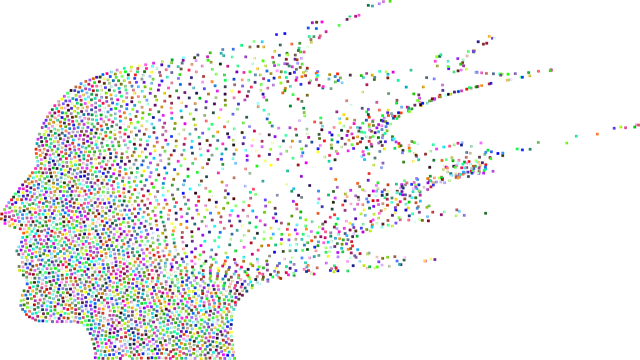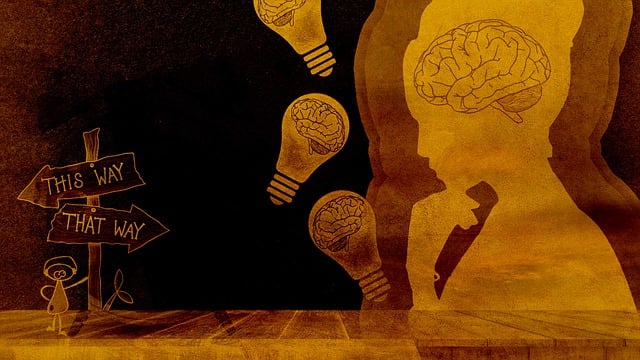Evaluating mental wellness programs for adolescent teens requires a multifaceted approach combining qualitative and quantitative methods. This includes assessing improvements in psychological well-being, coping mechanisms, and academic performance using standardized tools and interviews. By incorporating Compassion Cultivation Practices, Community Outreach, and Cultural Sensitivity, evaluators can gauge the program's efficacy in addressing trauma like child abuse. Researchers analyze both participant feedback and data to tailor continuous improvement, ensuring services meet the unique needs of adolescents, especially survivors of child abuse.
Mental wellness programs designed for adolescent teens and those dealing with child abuse require rigorous evaluation methods to ensure effectiveness and ethical integrity. This article explores key strategies for assessing the impact of these programs, including identifying mental health indicators, employing qualitative and quantitative methods, and conducting longitudinal studies. It delves into ethical considerations unique to child abuse cases, emphasizing privacy, informed consent, and trauma-informed practices. Additionally, it highlights the importance of integrating diverse stakeholder feedback—from parents/caregivers to teens and multidisciplinary teams—for continuous program improvement.
- Assessing the Impact of Mental Wellness Programs for Adolescent Teens
- – Identifying key indicators of mental health improvement
- – Qualitative and quantitative evaluation methods
Assessing the Impact of Mental Wellness Programs for Adolescent Teens

Evaluating the impact of mental wellness programs for adolescent teens is a multifaceted process that goes beyond mere satisfaction surveys. Effective assessment methods delve into measurable outcomes, examining improvements in psychological well-being, coping mechanisms, and academic performance. By utilizing tools like standardized assessments and qualitative interviews, professionals can gauge the efficacy of interventions tailored to address issues such as child abuse, trauma, and social-emotional challenges prevalent during this critical developmental phase.
Through a holistic approach that incorporates Compassion Cultivation Practices, Community Outreach Program Implementation, and Cultural Sensitivity in Mental Healthcare Practice, evaluators gain insights into the program’s ability to foster resilience and reduce risk factors. This includes assessing changes in self-reported mental health symptoms, interpersonal relationships, and engagement in risky behaviors. By considering both quantitative data and qualitative feedback from participants, parents, and caregivers, researchers can identify areas of strength and weakness within the program, ensuring continuous improvement aligned with the unique needs of adolescent teens.
– Identifying key indicators of mental health improvement

Evaluating mental wellness programs requires a nuanced approach to measure improvements in adolescent and teen participants’ mental health. Key indicators include a reduction in symptoms associated with anxiety, depression, and trauma, such as decreased stress levels and improved emotional regulation. This can be assessed through standardized questionnaires and interviews that capture changes in self-perceived well-being, mood stability, and coping mechanisms.
Focusing on therapy for adolescent teens who have experienced child abuse, empathy building strategies and resilience training often play a significant role in program effectiveness. These interventions aim to foster a sense of safety, enhance social connections, and empower individuals with tools to navigate challenges. By integrating stress reduction methods alongside these techniques, mental wellness programs can holistically address the complex needs of this vulnerable population.
– Qualitative and quantitative evaluation methods

Evaluating mental wellness programs requires a balanced approach using both qualitative and quantitative methods. Qualitative methods, such as interviews and focus groups, offer deep insights into participants’ experiences, perceptions, and emotional responses to therapy for adolescent teens and child abuse survivors. These techniques allow for understanding the personal impact of interventions, including improvements in self-esteem, relationships, and coping mechanisms.
Quantitative evaluations, on the other hand, provide measurable data about program effectiveness. Surveys, rating scales, and statistical analyses can gauge changes in symptoms related to mental illness, track progress over time, and compare outcomes between different groups. Integrating both qualitative and quantitative methods allows for a comprehensive understanding of a program’s success, informing improvements in Mental Illness Stigma Reduction Efforts, Compassion Cultivation Practices, and Community Outreach Program Implementation while ensuring services remain tailored to the unique needs of participants, especially those who have experienced trauma like child abuse.
Evaluating mental wellness programs is crucial to understanding their effectiveness in supporting adolescent teens, especially those who have experienced child abuse. By combining qualitative and quantitative methods, we can accurately assess improvements in key indicators such as emotional regulation, social skills, and resilience. This comprehensive approach ensures that therapy for adolescent teens is tailored to meet their unique needs, fostering a healthier and more promising future for this vulnerable population.










